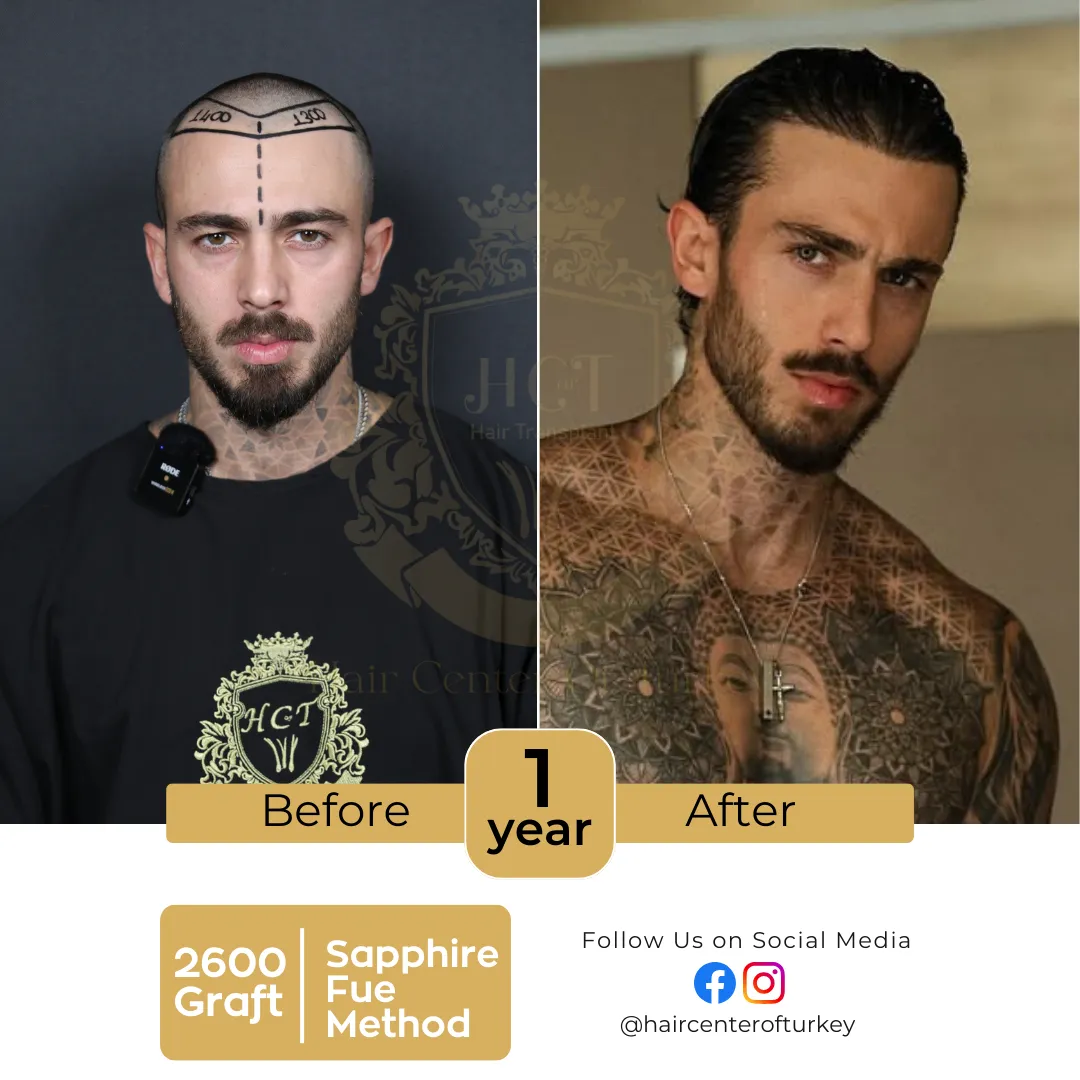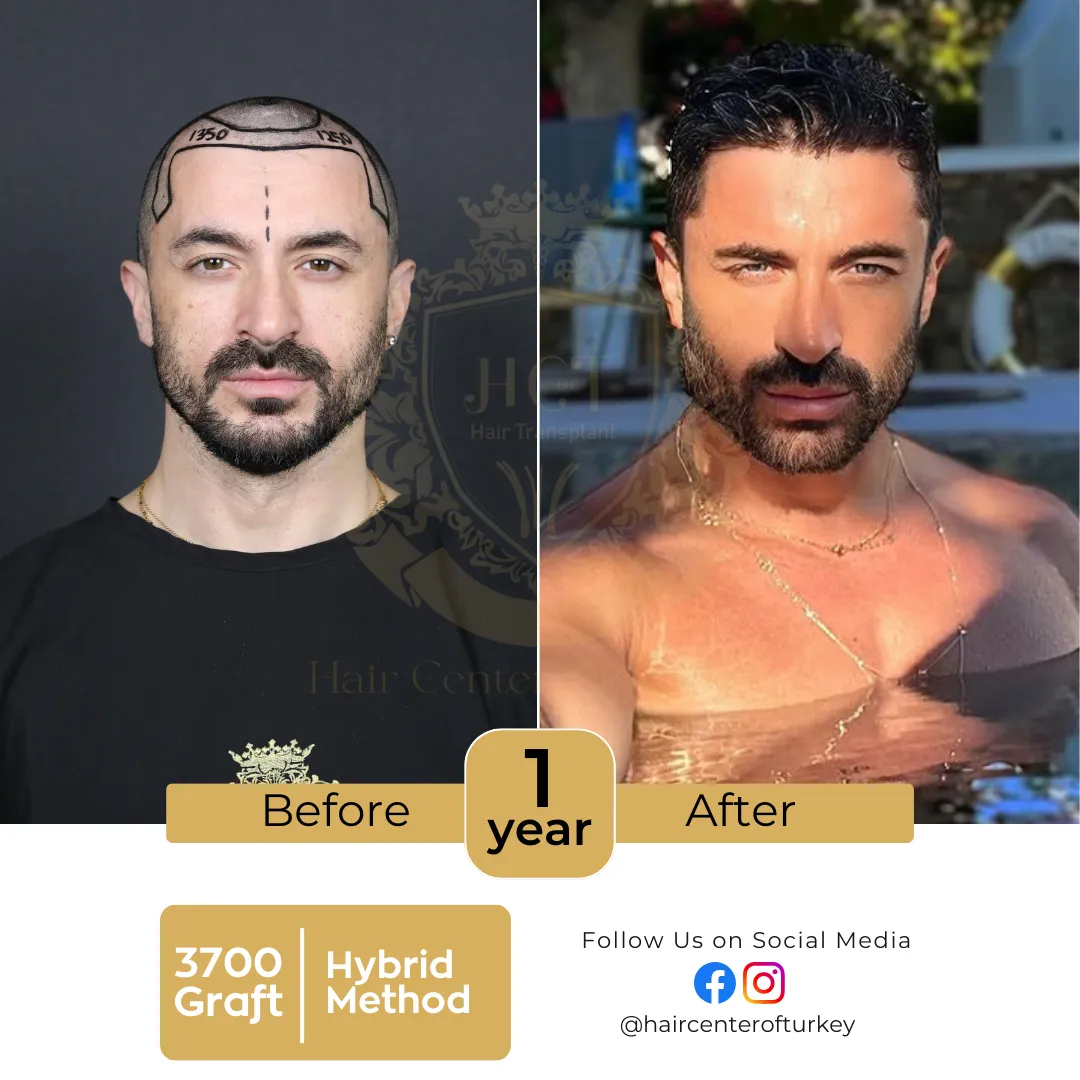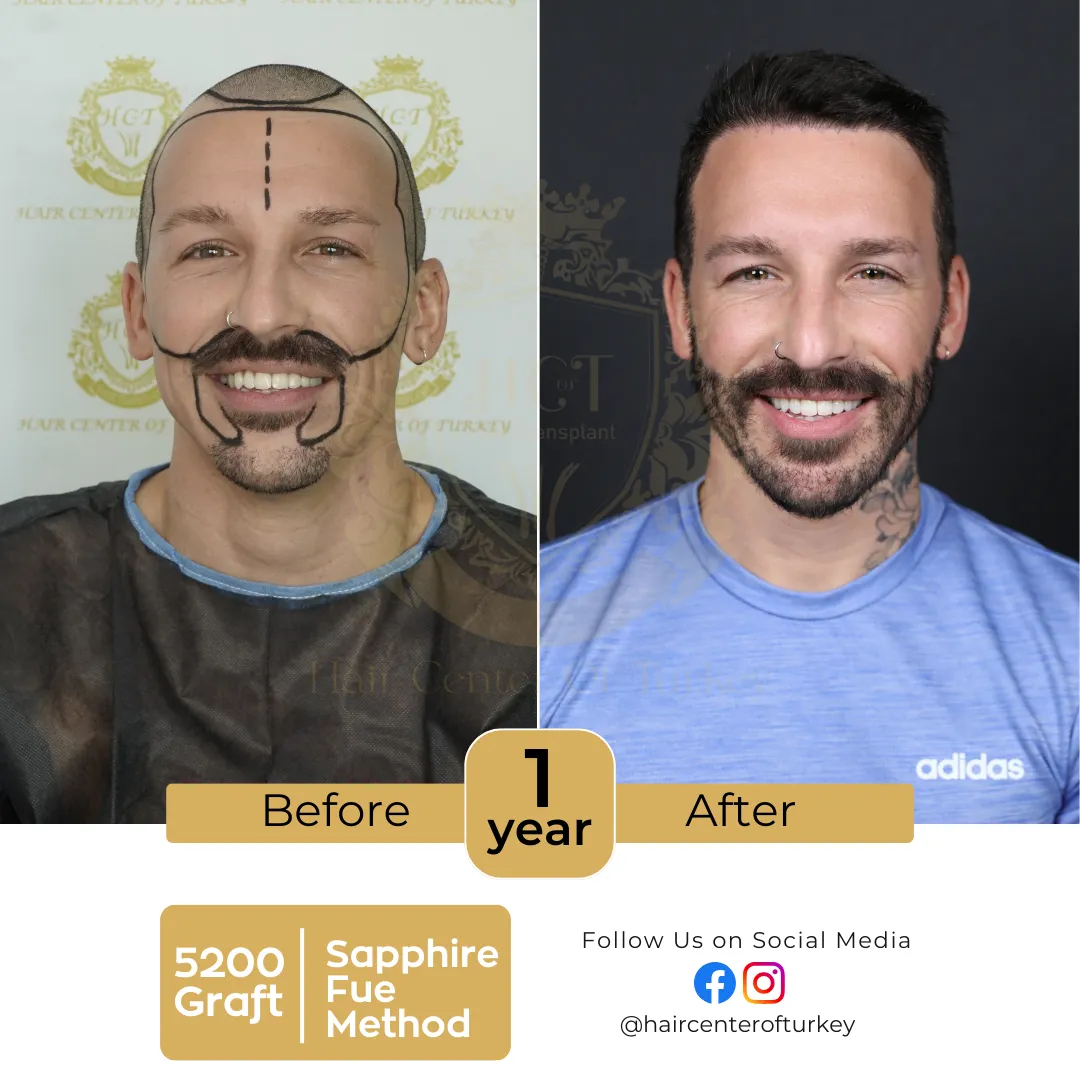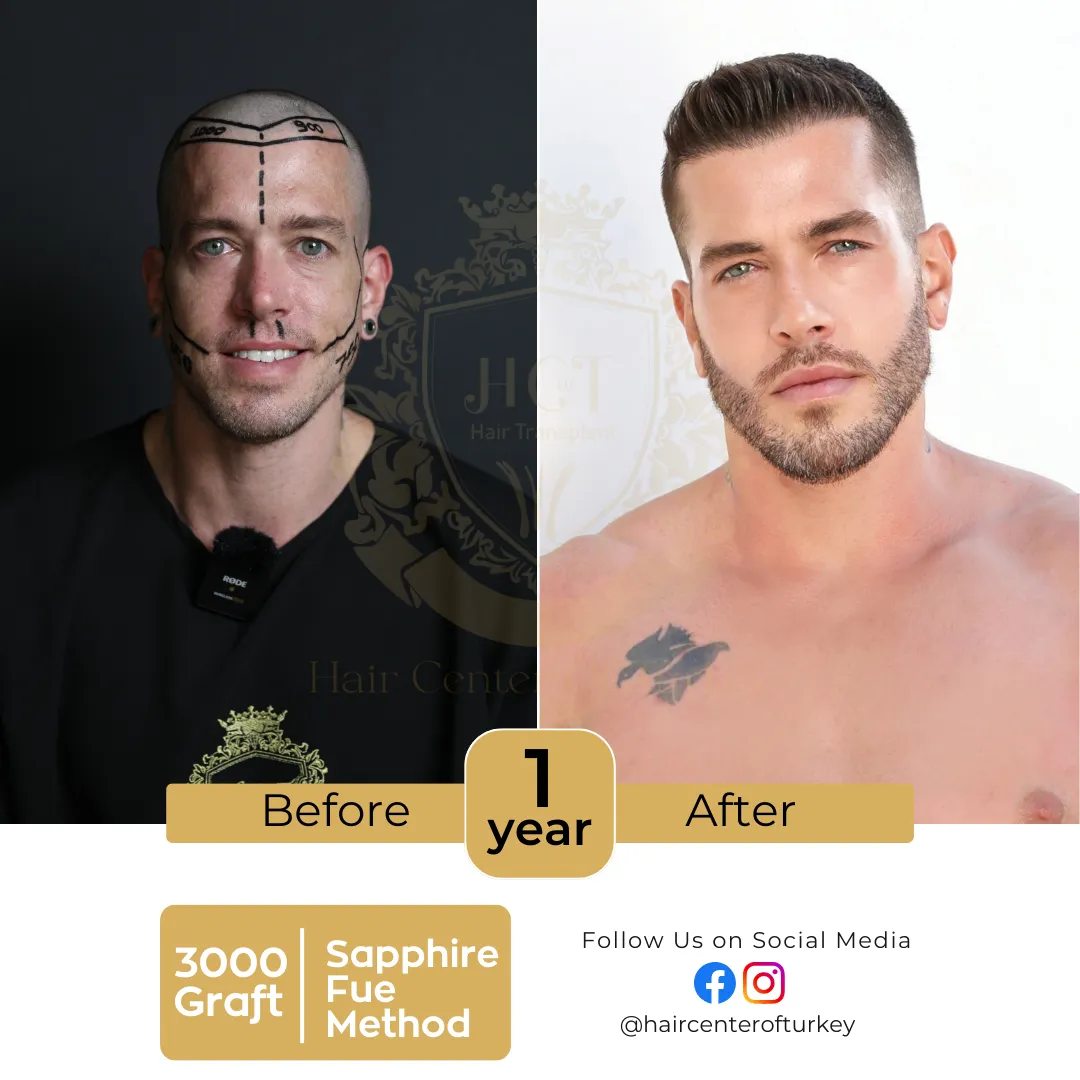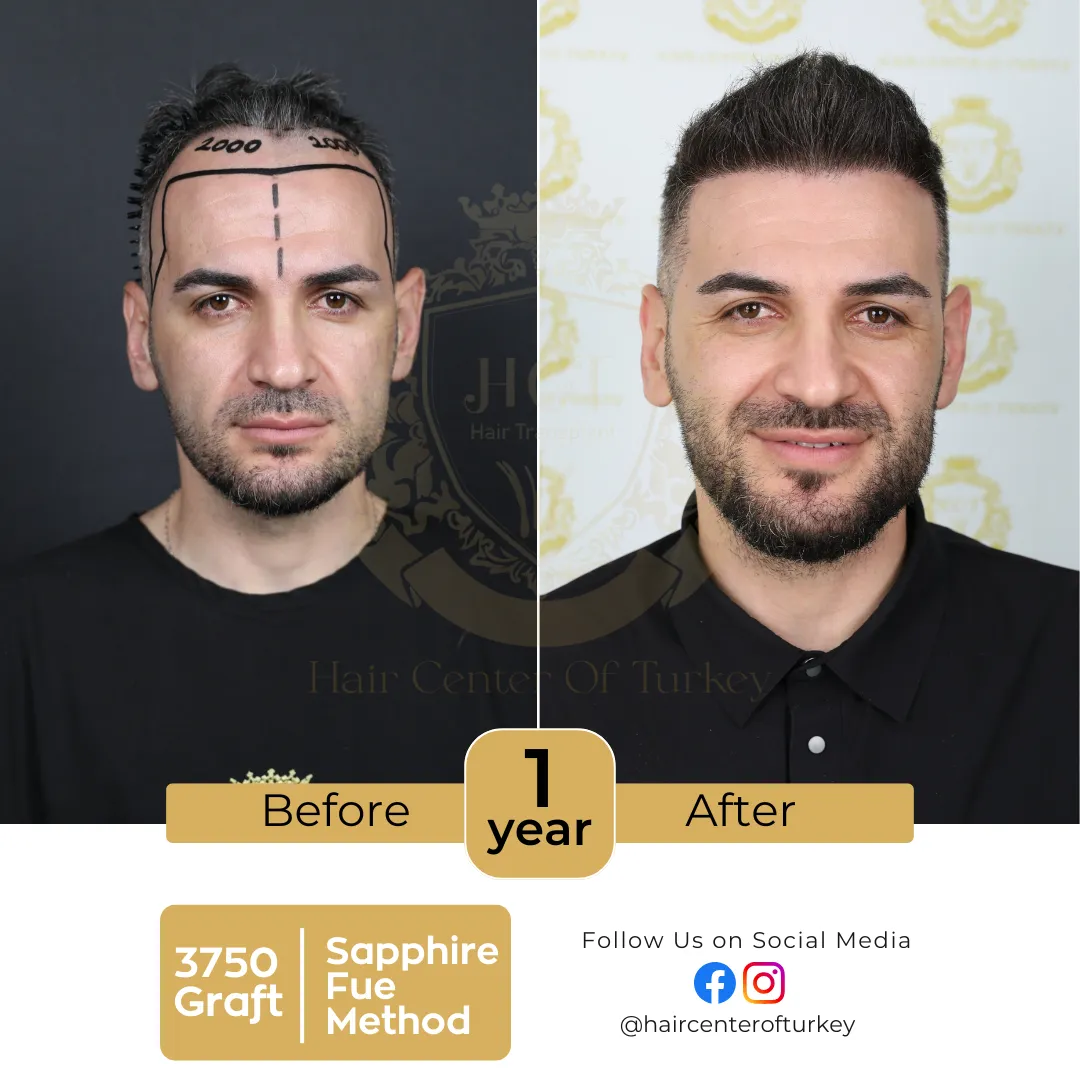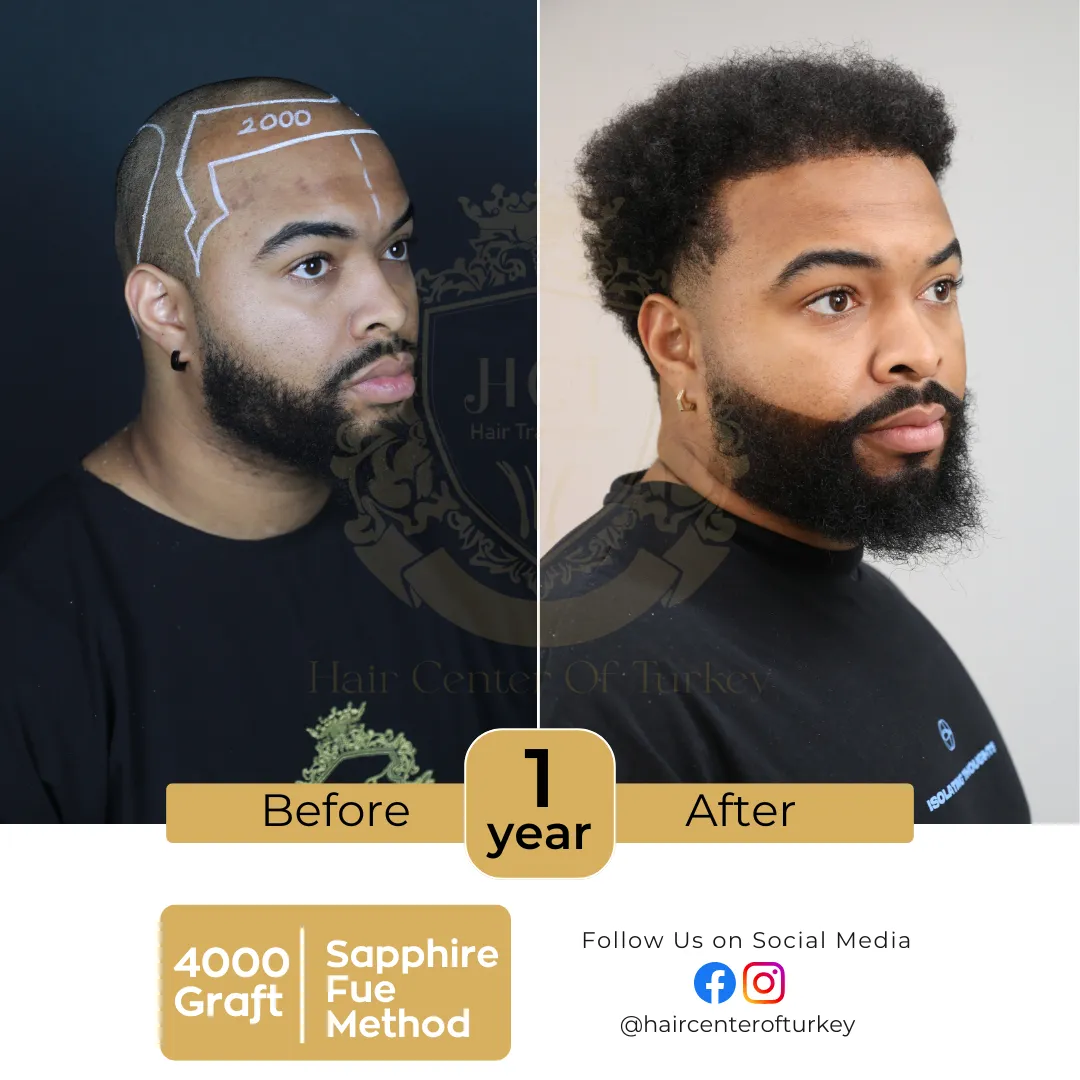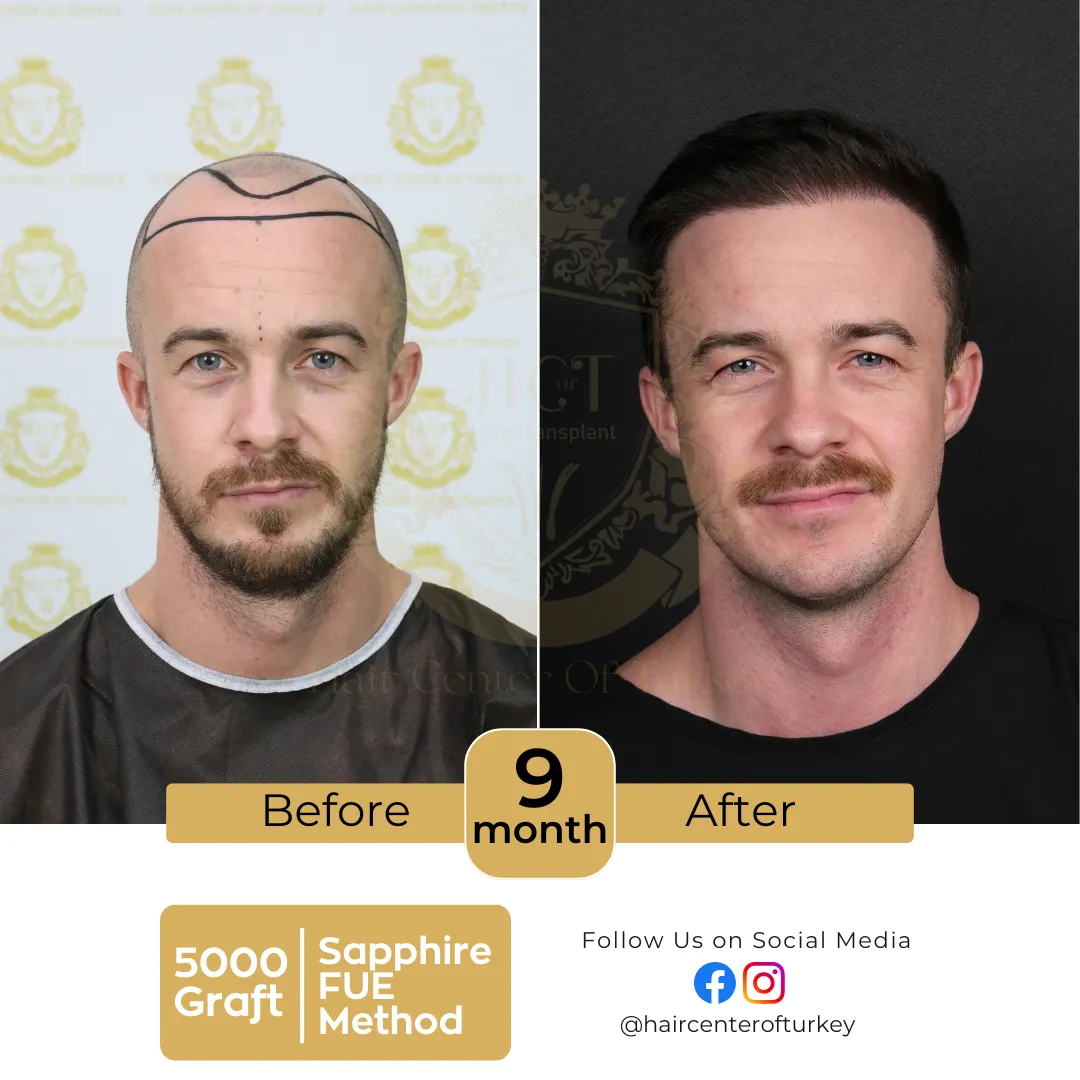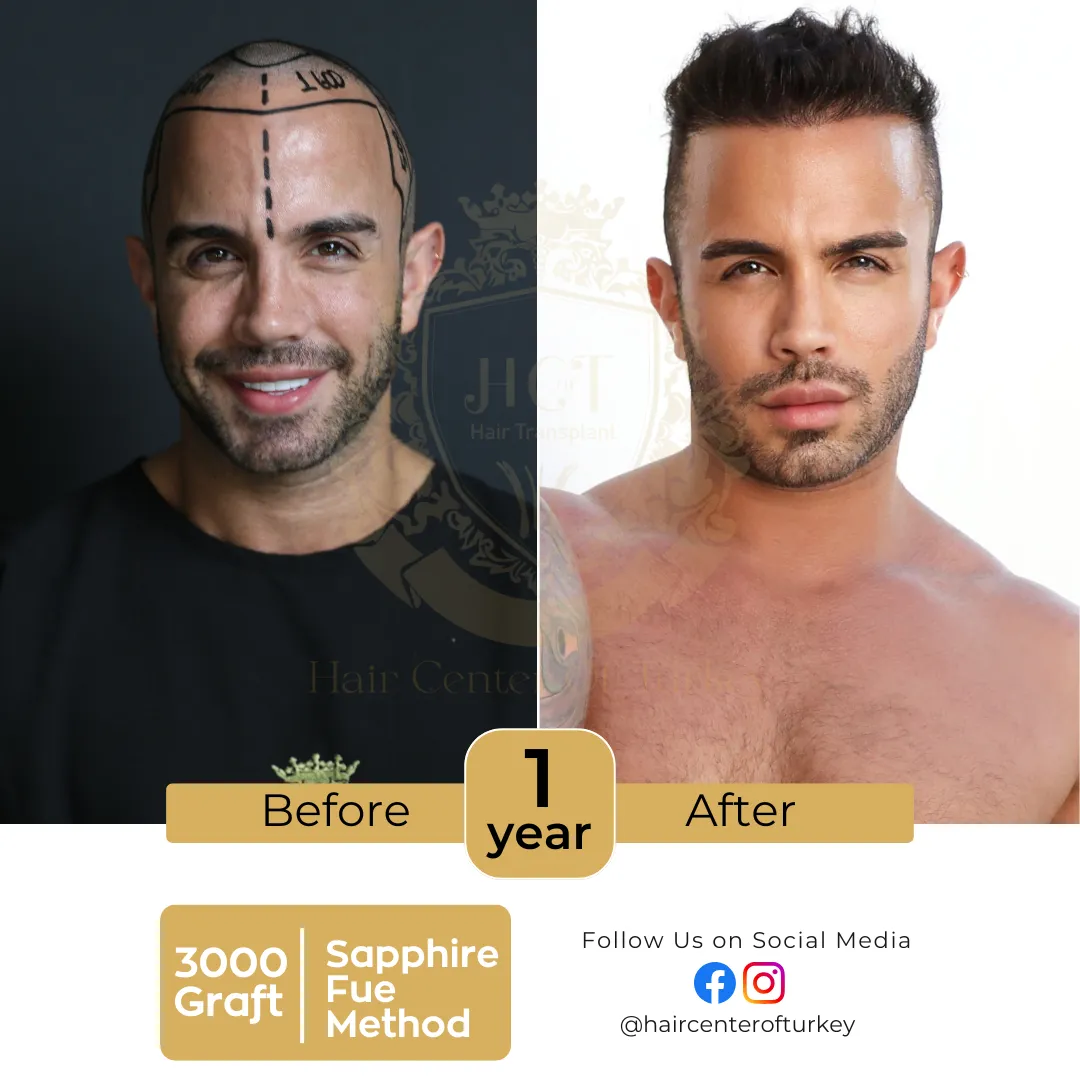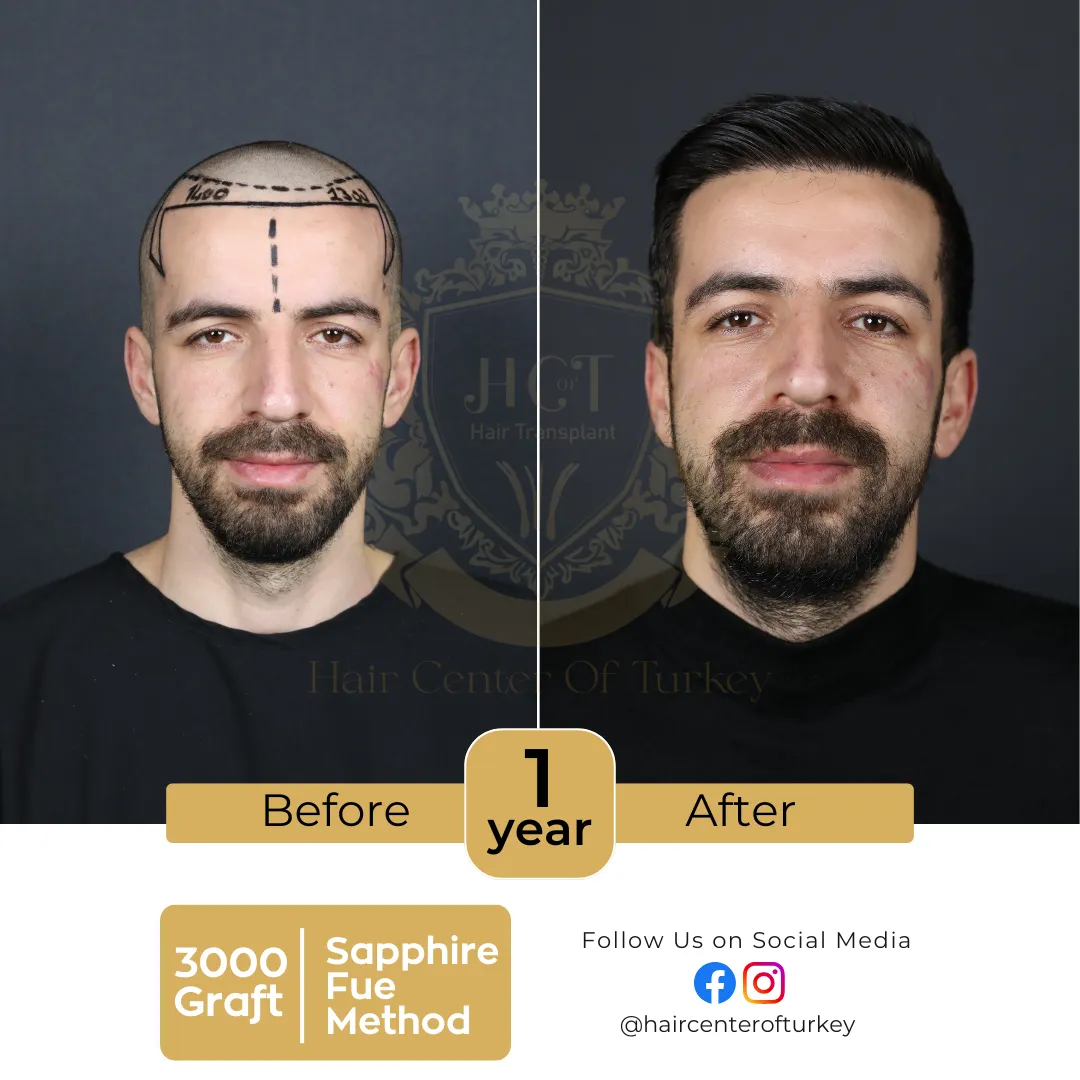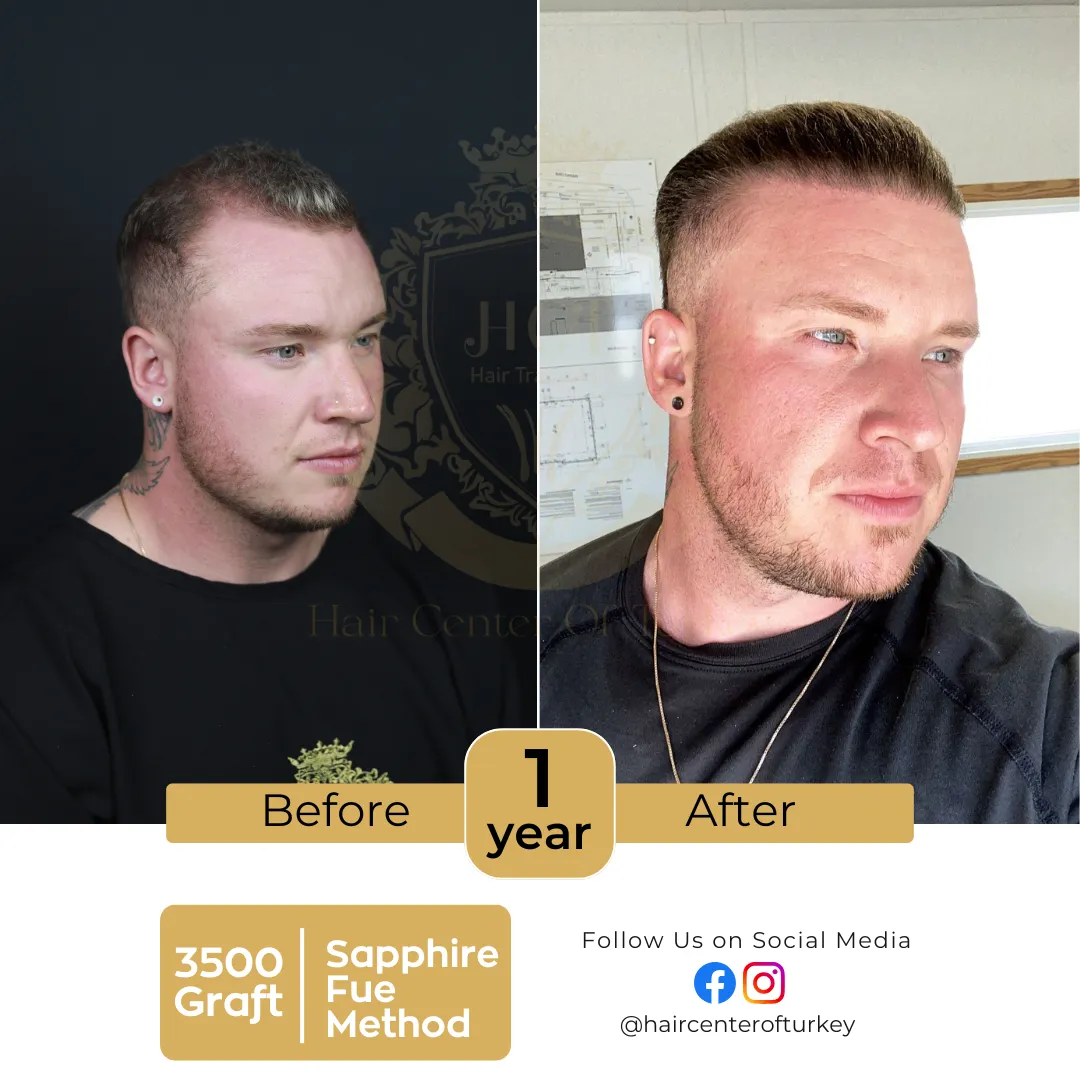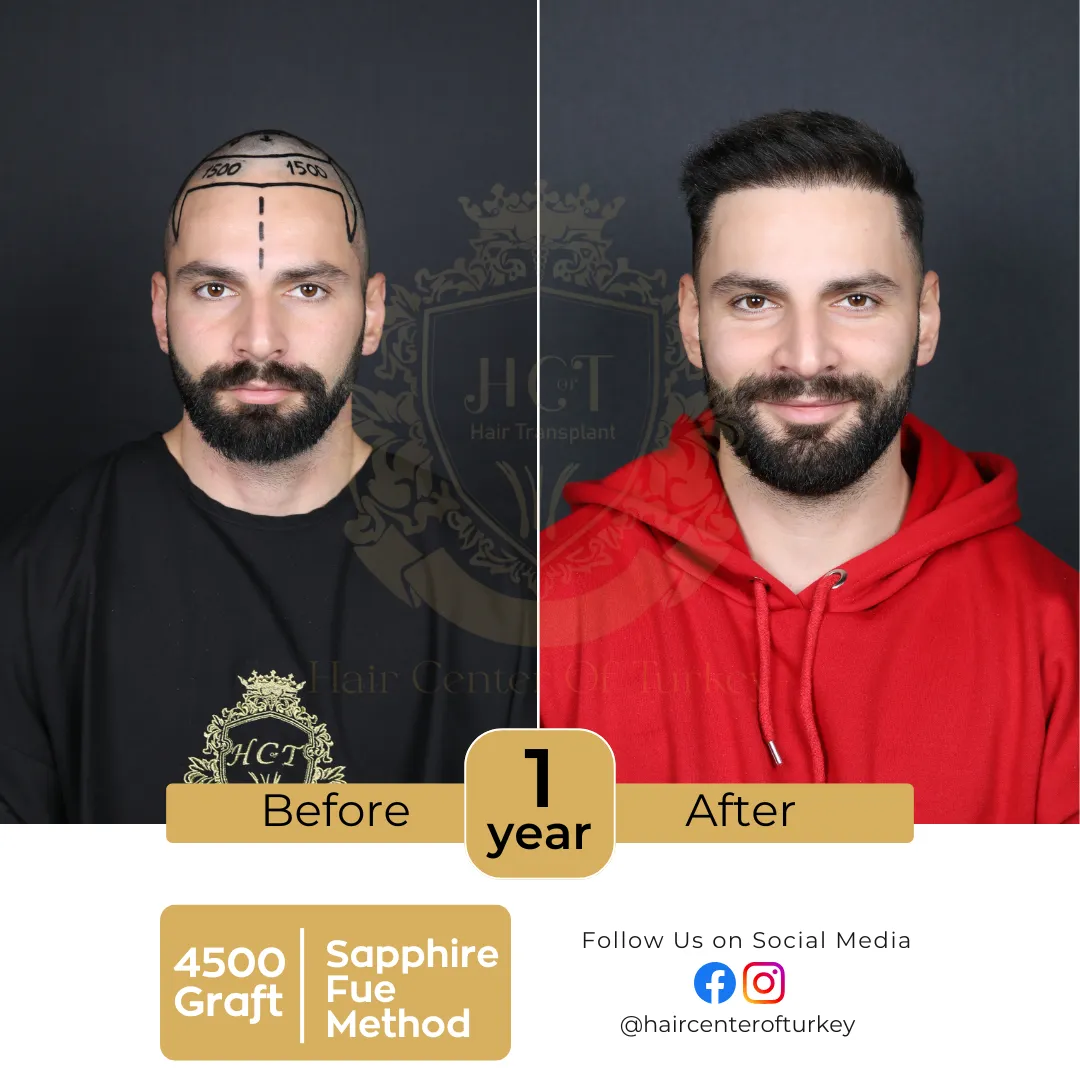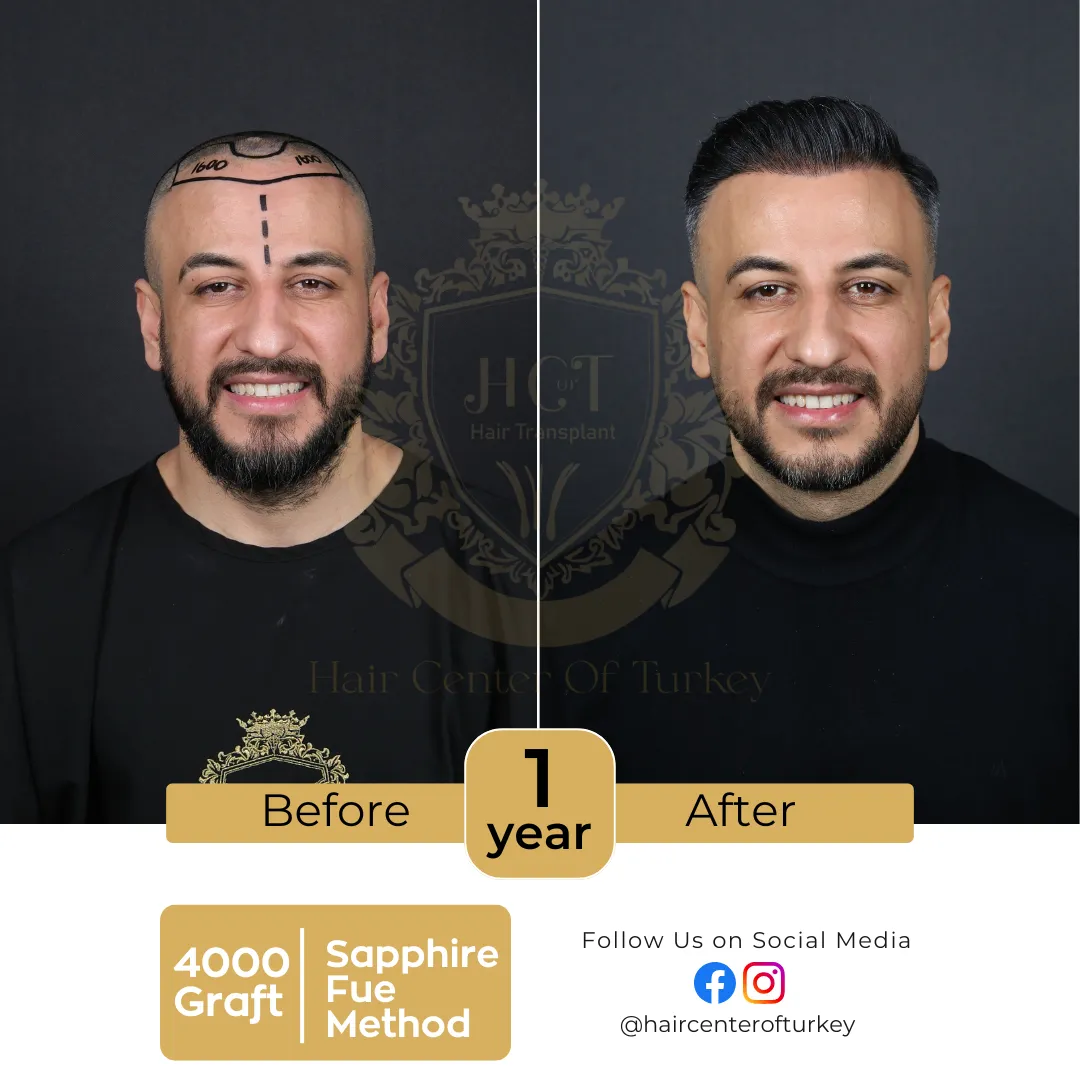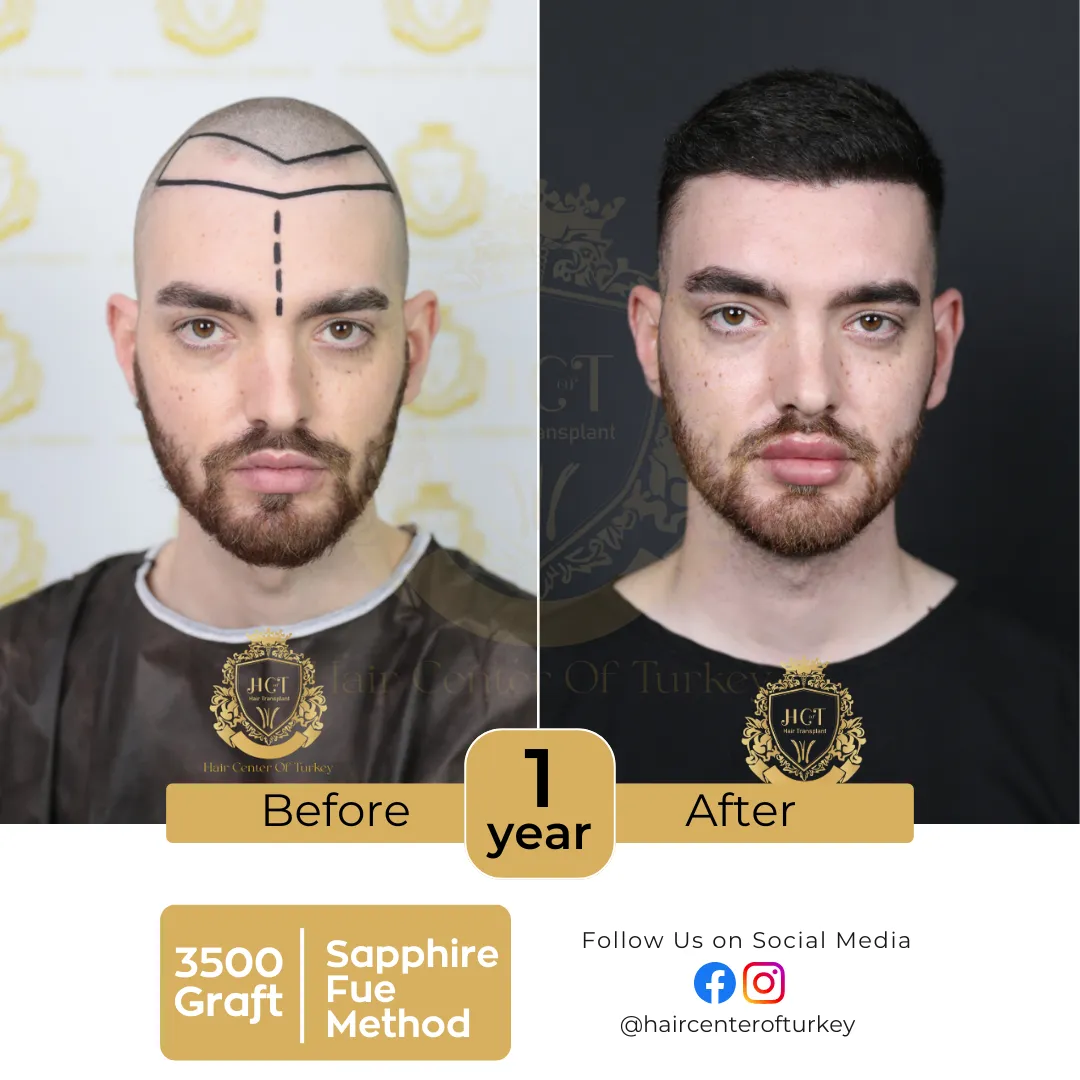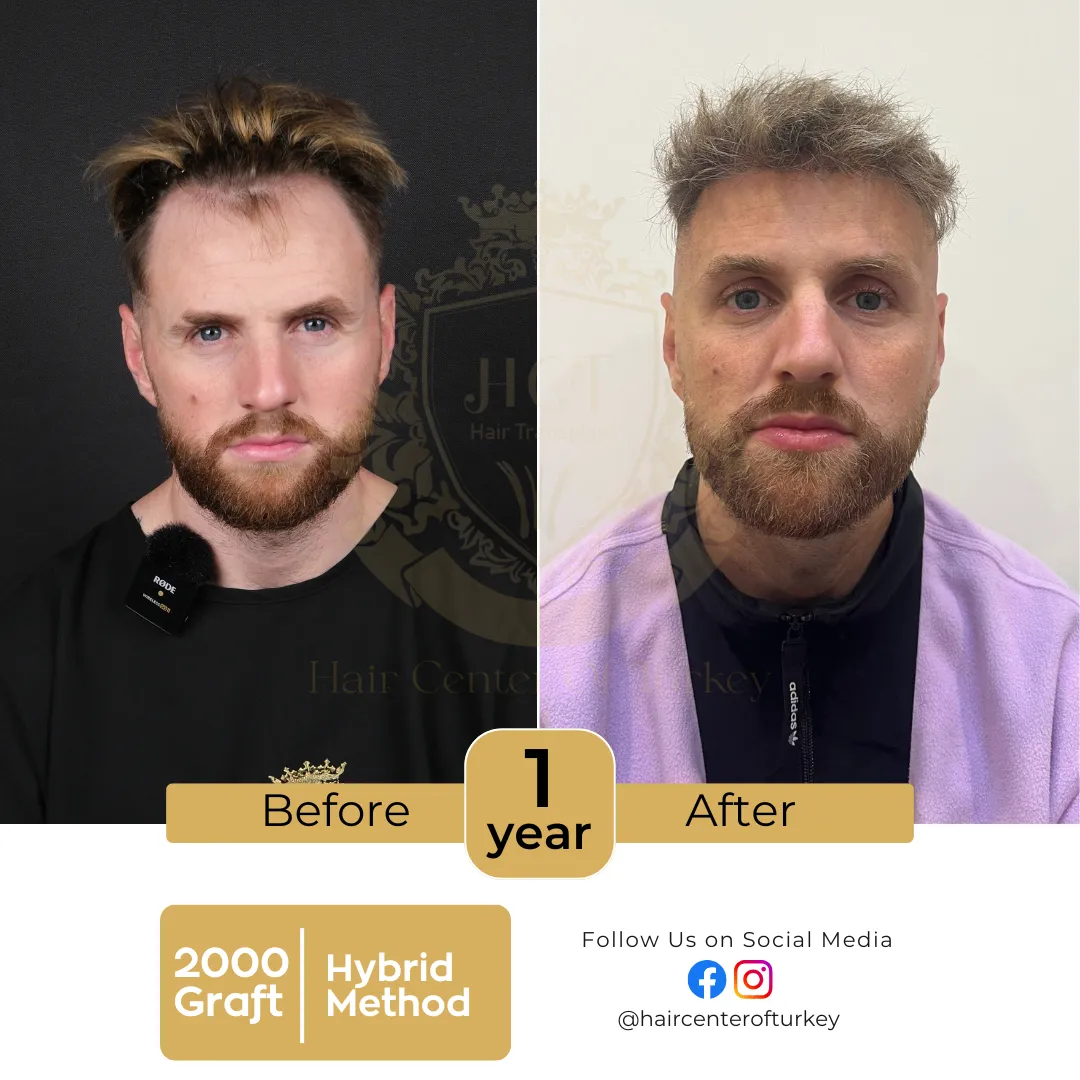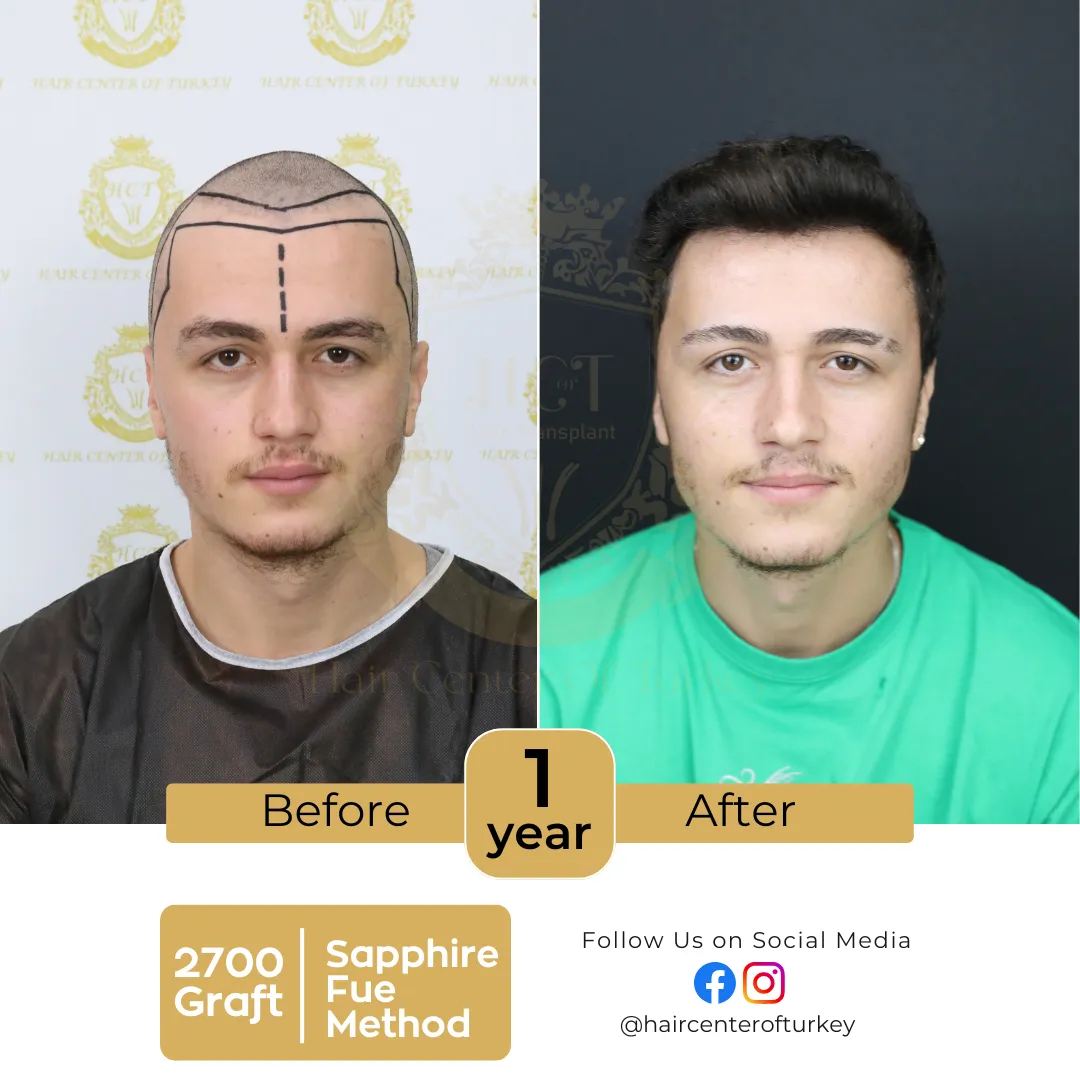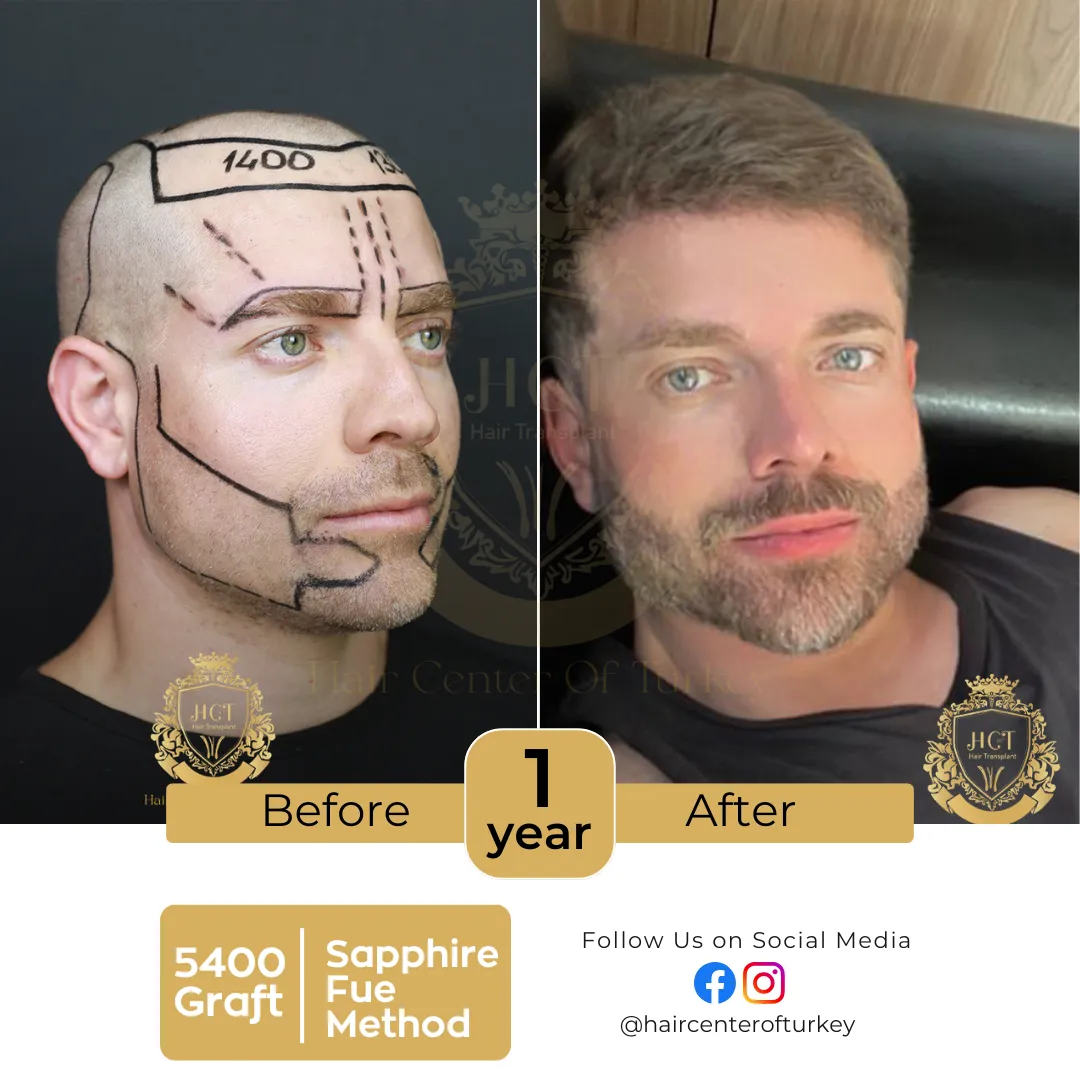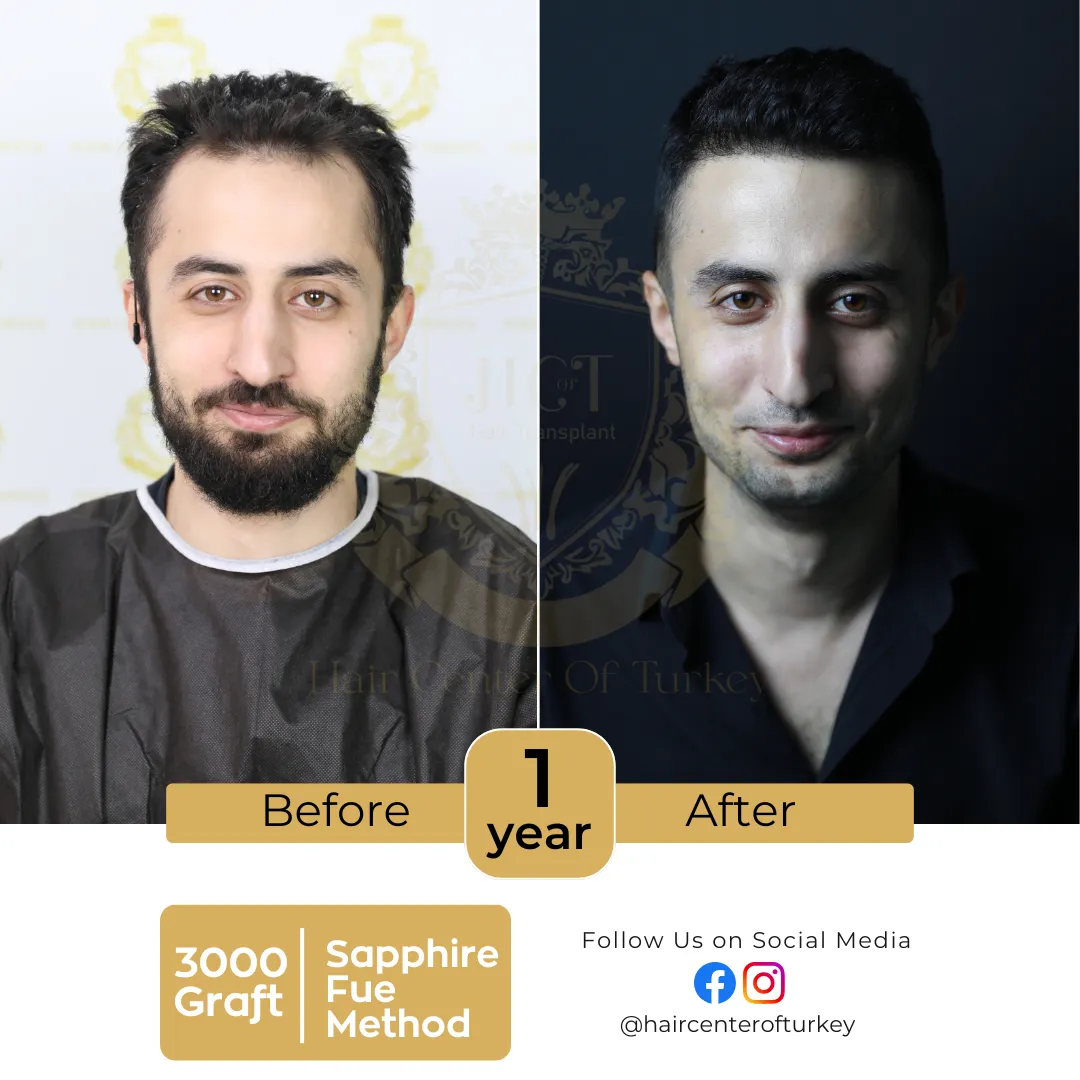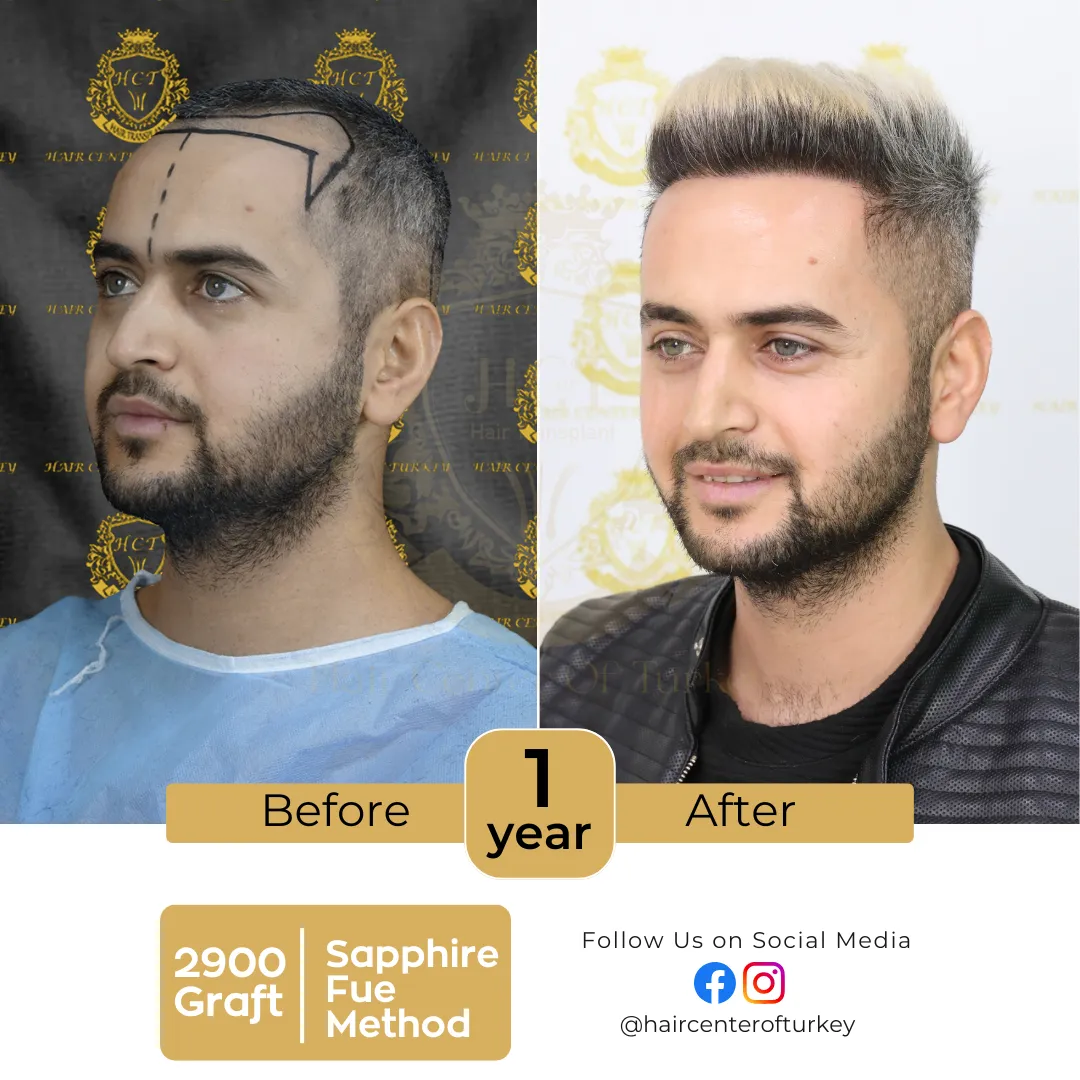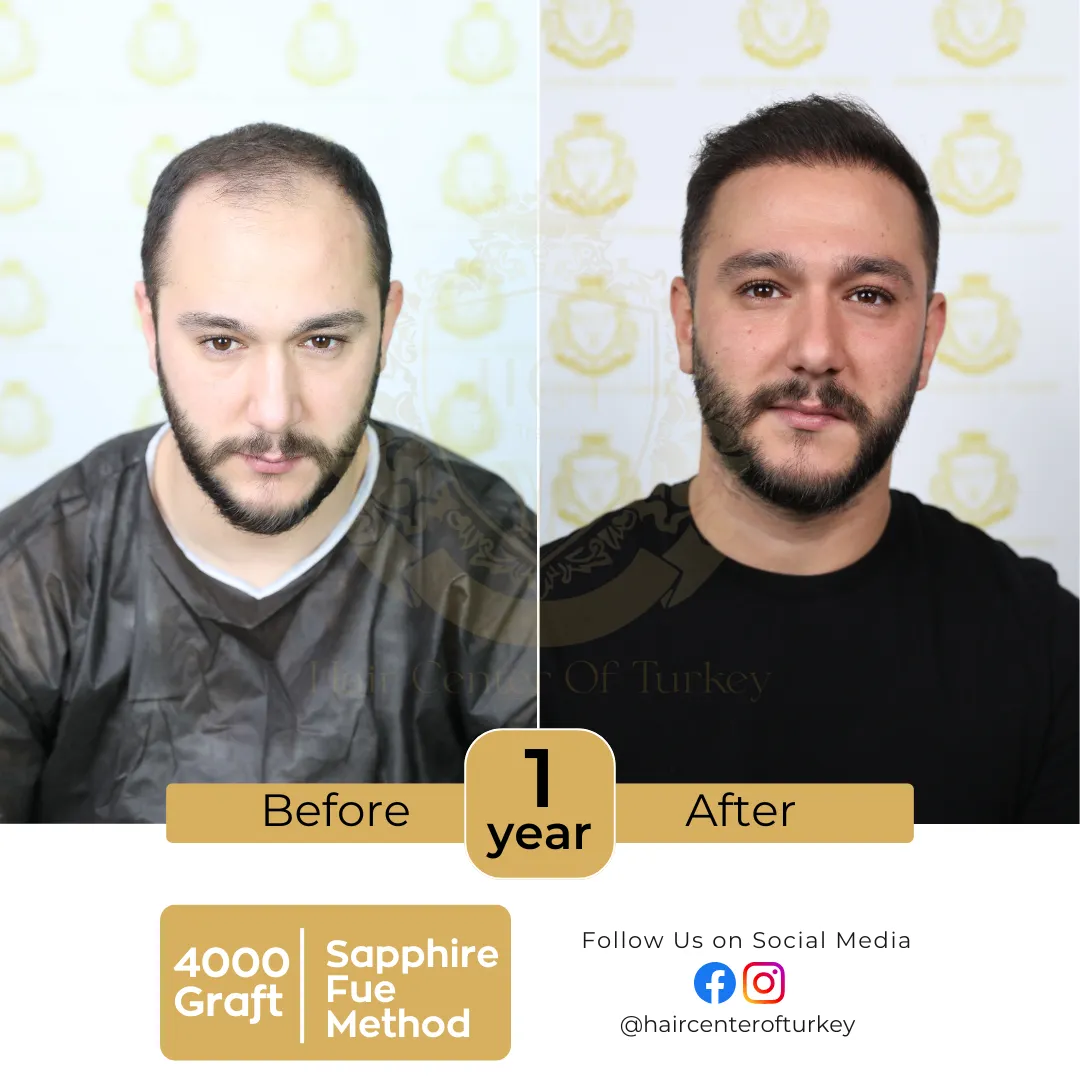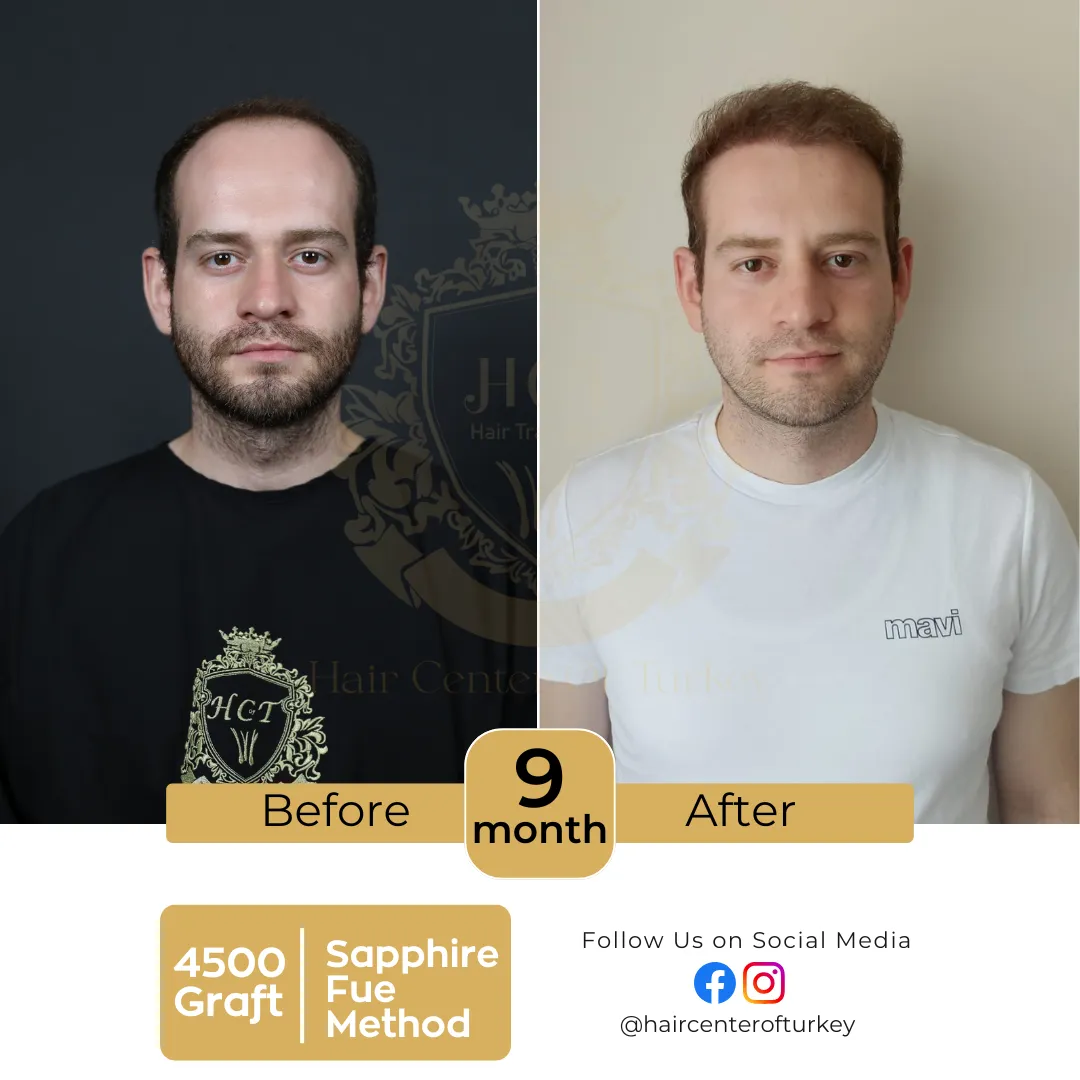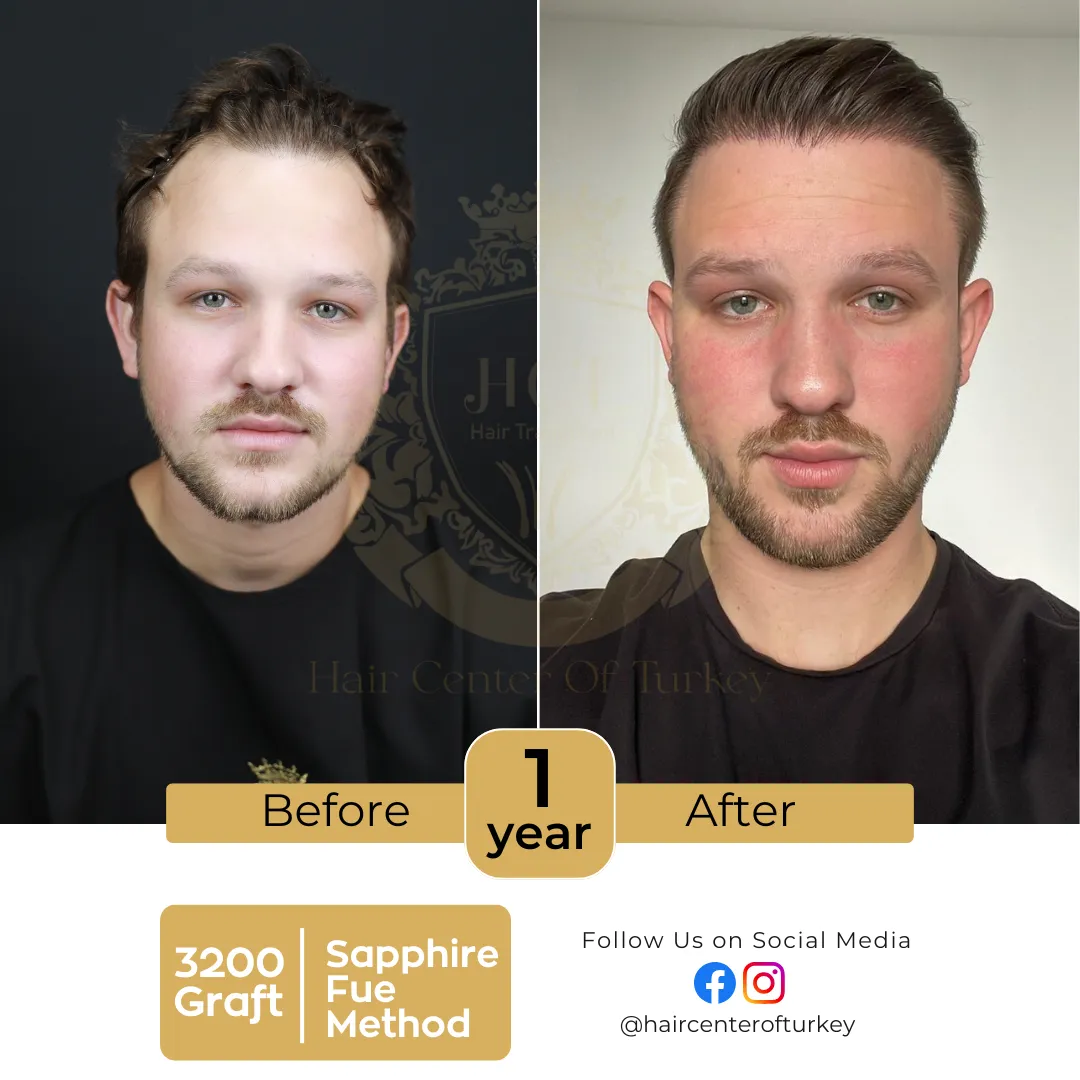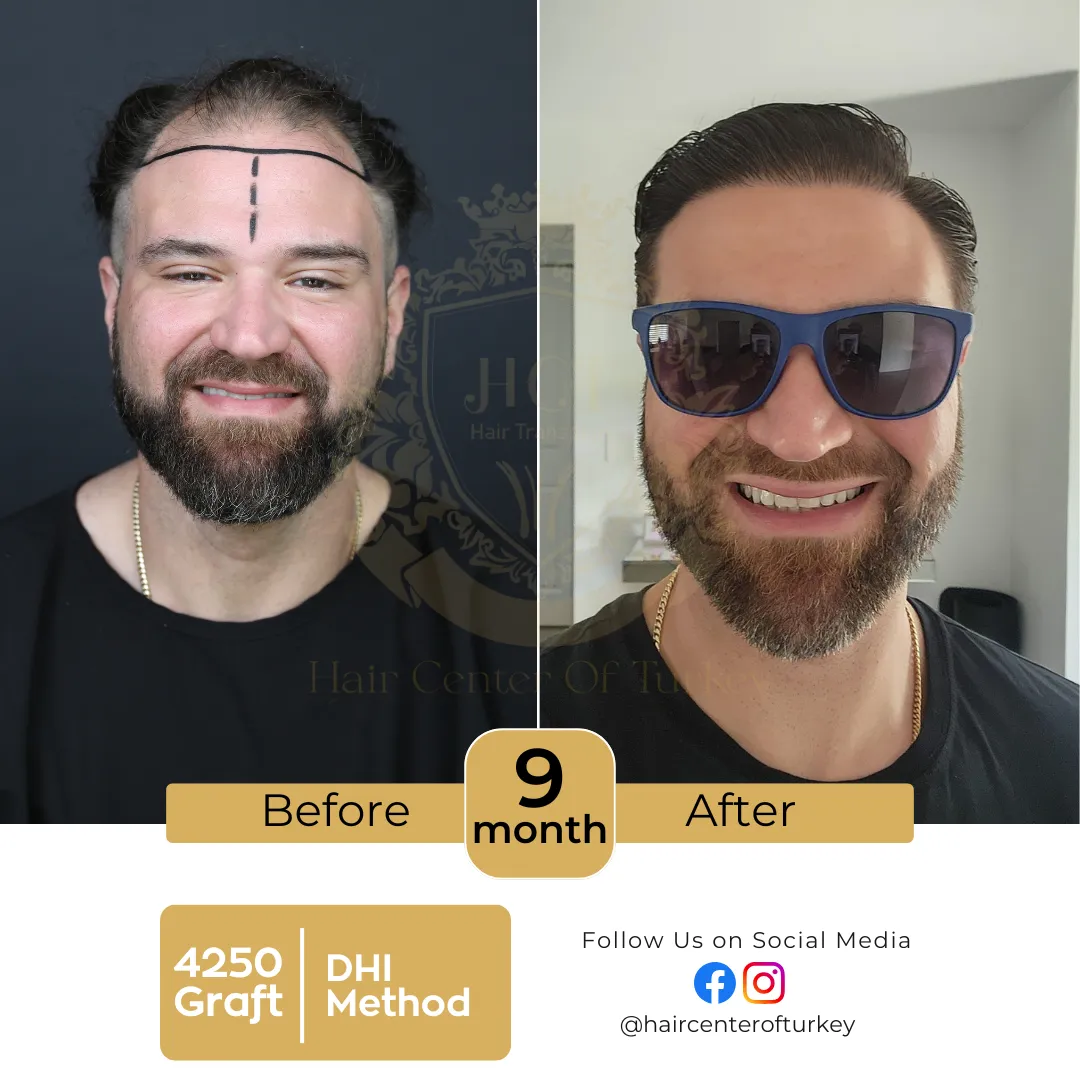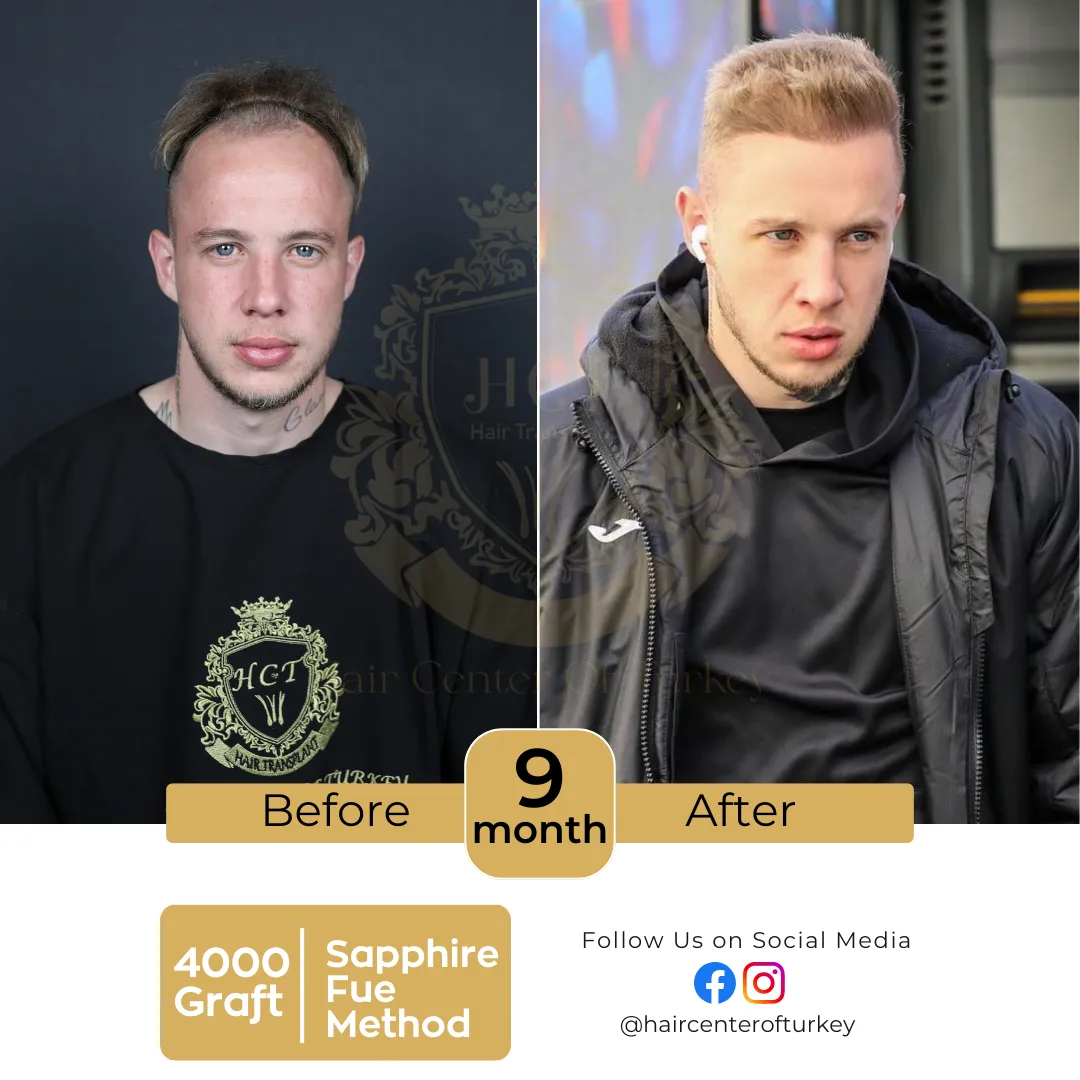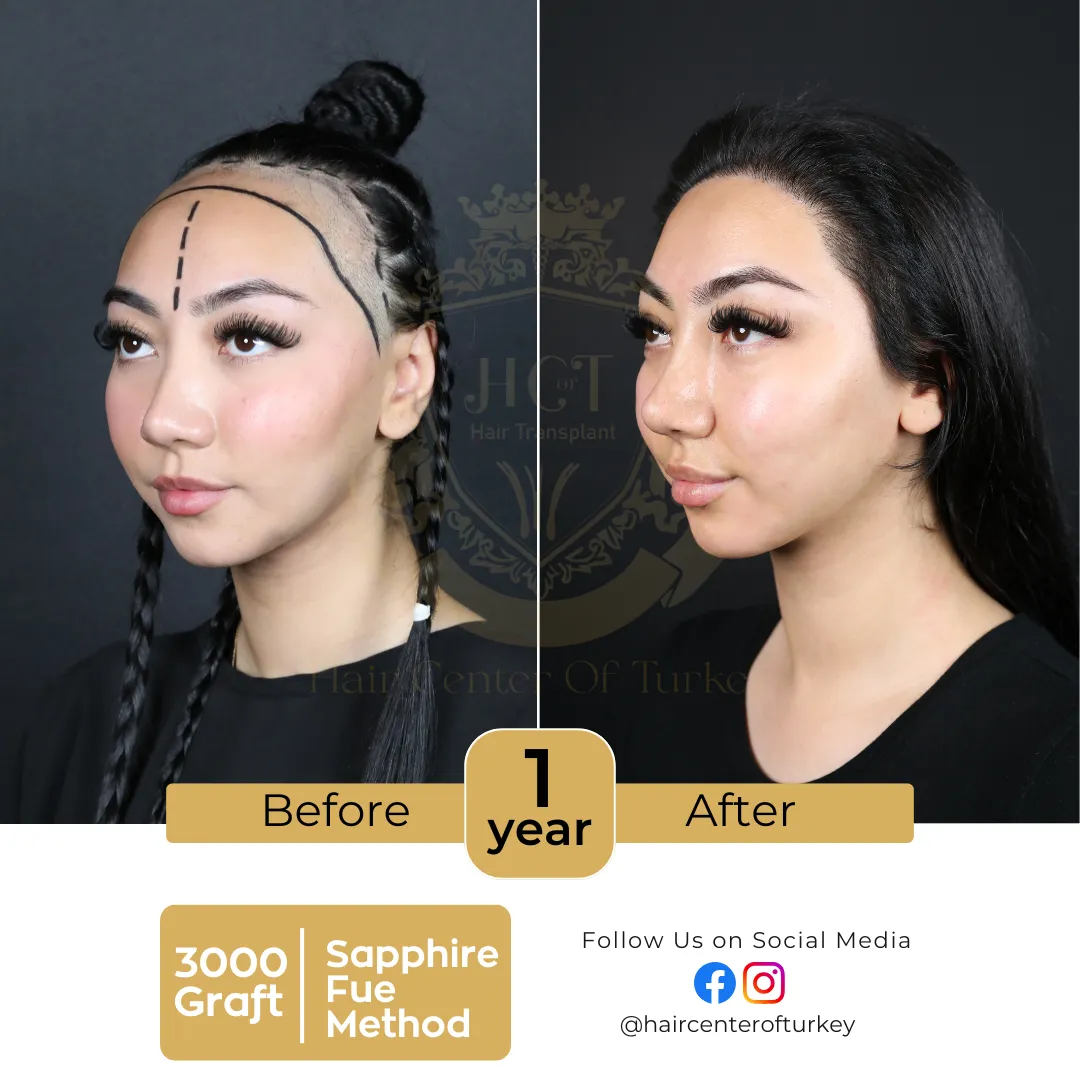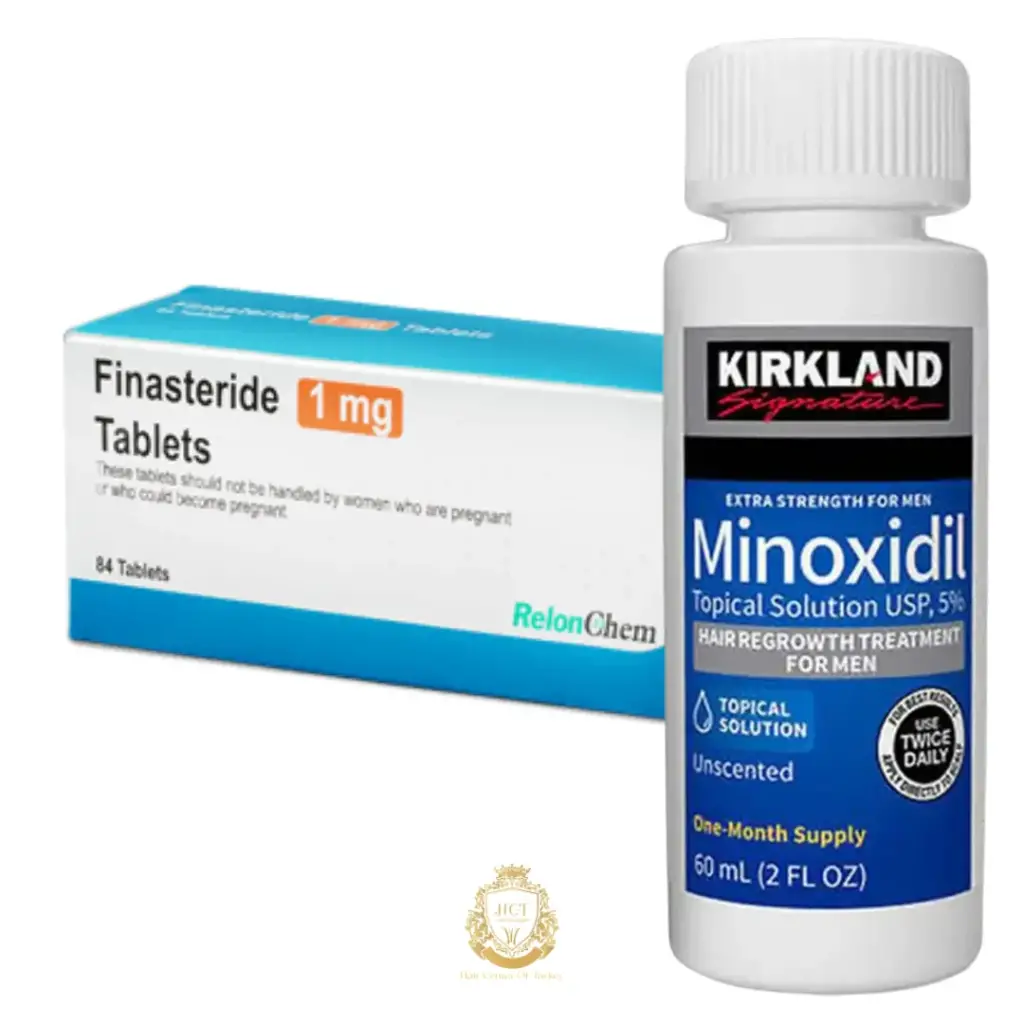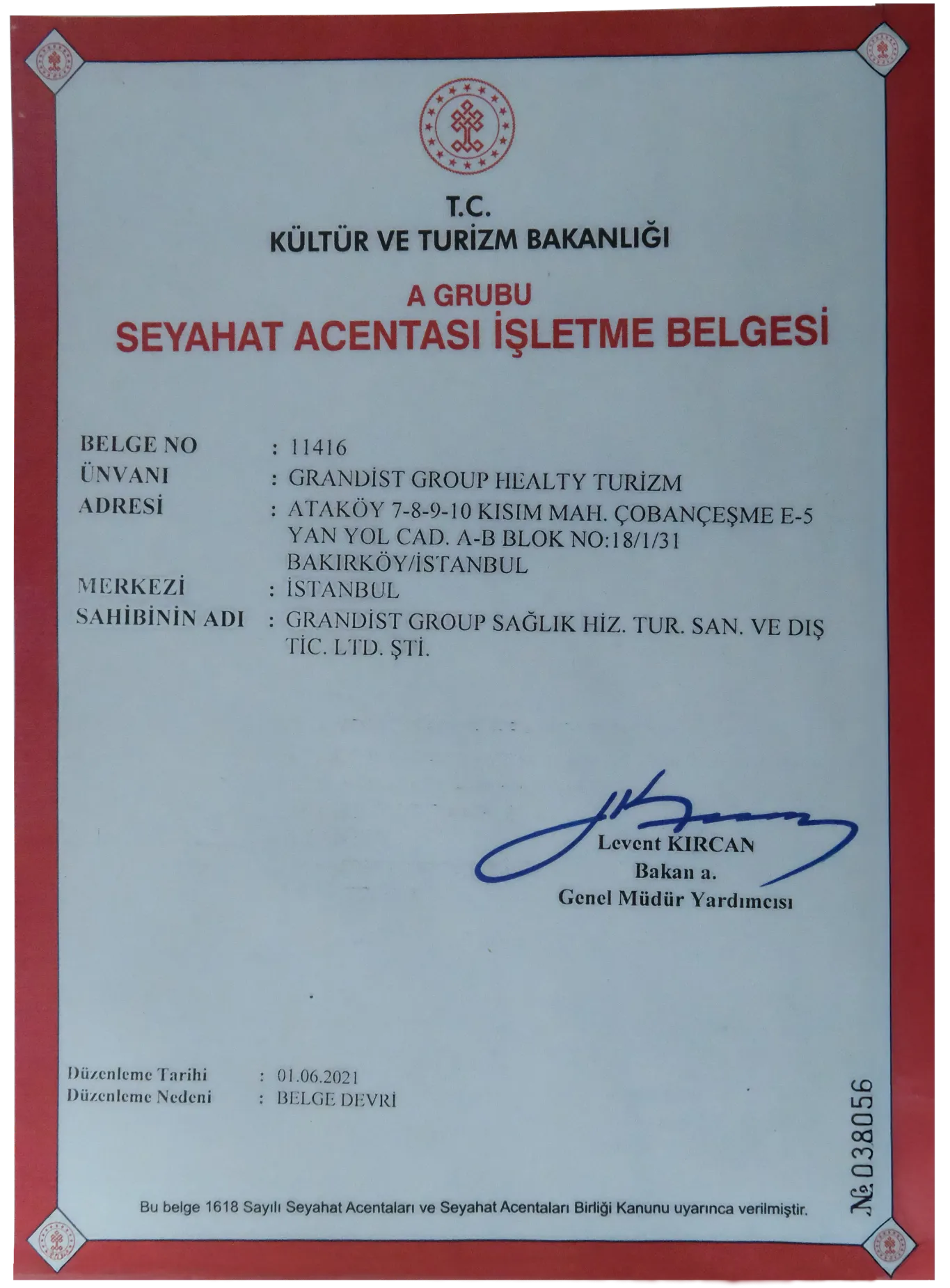Glycolic Acid for Hair
Glycolic acid is widely known for its role in skincare, but its benefits extend to hair care and scalp health as well. As an alpha hydroxy acid (AHA), glycolic acid helps exfoliate the scalp, improve hair texture, and promote overall hair health. In this guide, we will explore the advantages of using glycolic acid for hair, how to apply it, and potential side effects.
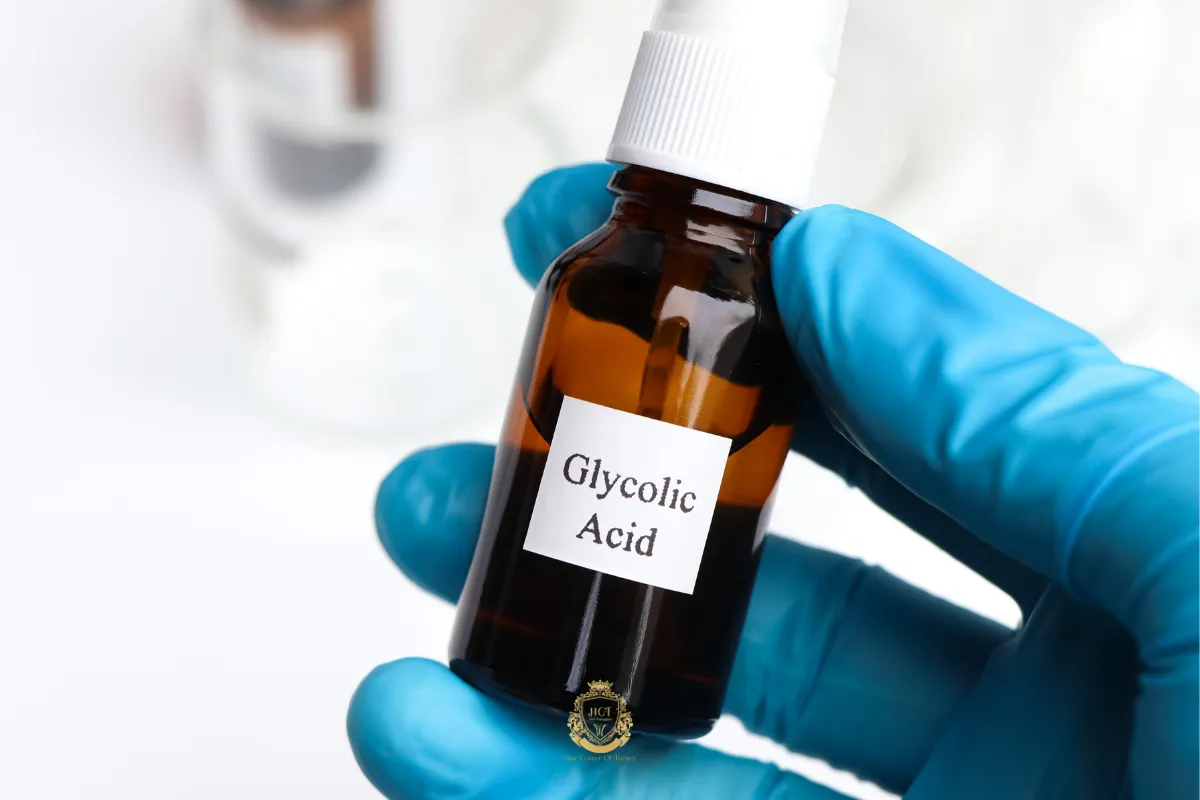
What is Glycolic Acid?
Understanding Glycolic Acid
Glycolic acid is a type of AHA (alpha hydroxy acid) derived from sugarcane. Due to its small molecular size, it easily penetrates the skin and hair shaft, making it an effective ingredient for exfoliation, hydration, and rejuvenation.
How Glycolic Acid Works on Hair and Scalp
- Exfoliates dead skin cells, preventing buildup on the scalp.
- Unclogs hair follicles, reducing dandruff and scalp irritation.
- Hydrates and strengthens hair, preventing breakage and split ends.
- Balances scalp oil production, making it beneficial for both dry and oily scalps.
Benefits of Glycolic Acid for Hair
1. Scalp Exfoliation and Dandruff Control
Glycolic acid removes dead skin cells and prevents excessive buildup on the scalp, which can cause dandruff, flakiness, and itchiness. By exfoliating the scalp, it helps create a healthy environment for hair growth.
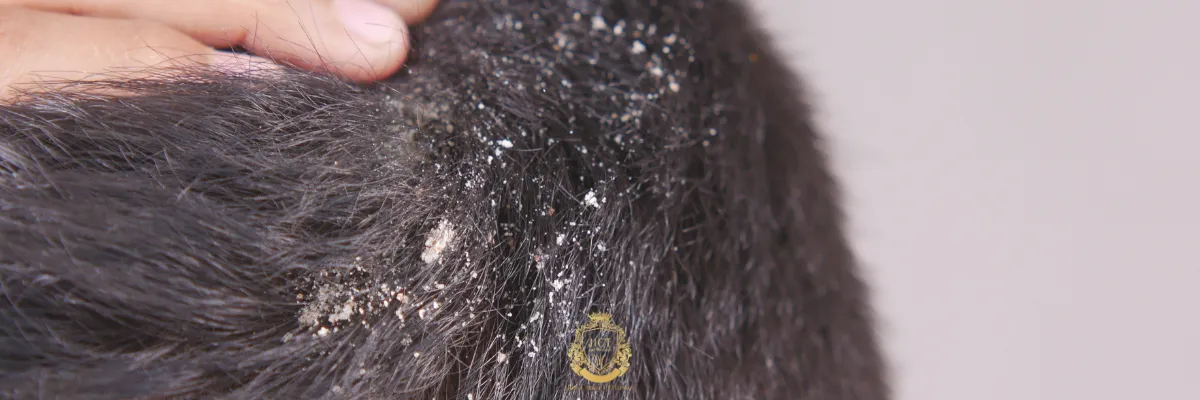
2. Deep Cleansing for Healthier Hair Follicles
Hair products, sweat, and natural oils can lead to clogged follicles, preventing hair from growing properly. Glycolic acid clears these blockages, promoting stronger, healthier hair.

3. Improved Hair Hydration and Elasticity
Dry, brittle hair is more prone to breakage. Glycolic acid helps the hair retain moisture, keeping it soft, smooth, and less prone to split ends.

4. Reduction in Oil and Grease Buildup
For those with oily scalps, glycolic acid helps regulate sebum production, preventing greasy hair while keeping the scalp balanced.
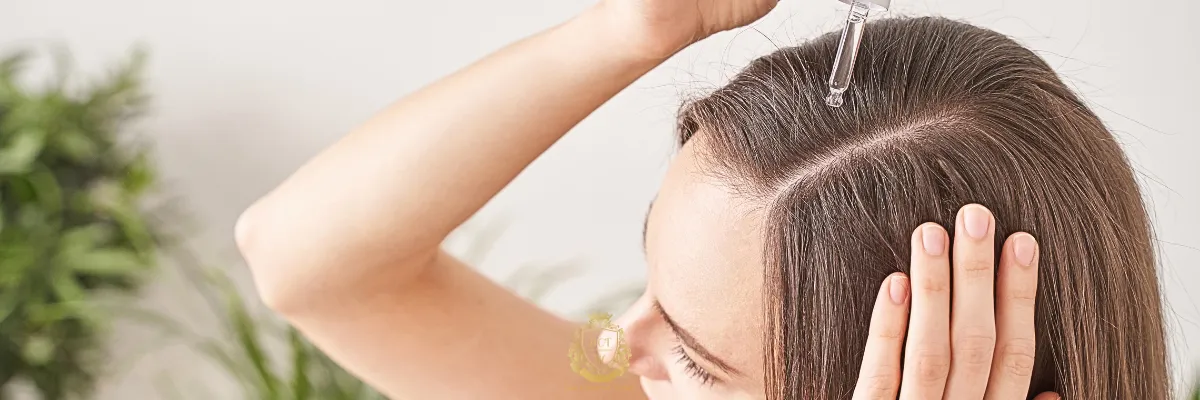
5. Strengthens and Protects Hair Strands
By reinforcing the hair cuticle, glycolic acid minimizes damage from heat styling, pollution, and harsh chemical treatments.

How to Use Glycolic Acid for Hair
1. Glycolic Acid Shampoo or Conditioner
Many hair care products now include glycolic acid for gentle exfoliation and hydration. Using a shampoo or conditioner with glycolic acid once or twice a week can maintain a healthy scalp.
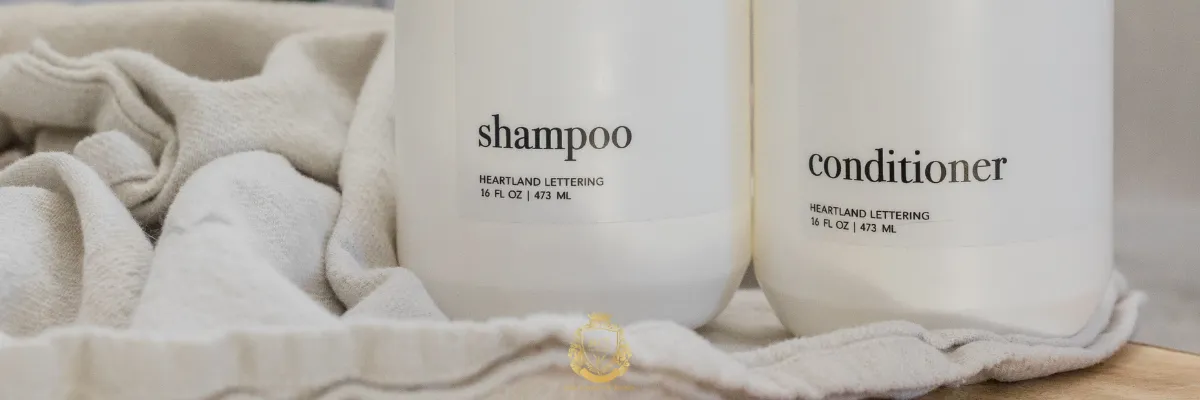
2. DIY Glycolic Acid Scalp Treatment
For deeper exfoliation, a glycolic acid solution (5-10%) can be applied directly to the scalp before shampooing. Steps:
- Apply a small amount of glycolic acid to the scalp.
- Massage gently and leave it on for 5-10 minutes.
- Rinse thoroughly and follow up with a hydrating shampoo and conditioner.
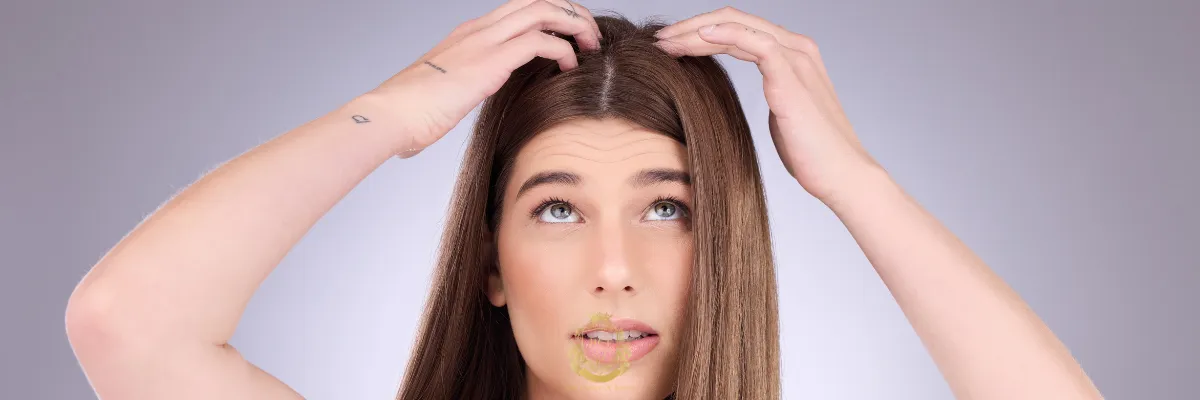
3. Glycolic Acid Hair Masks
Some hair masks contain glycolic acid for hydration and strengthening. These can be used once a week to keep hair smooth and resilient.

4. Professional Glycolic Acid Treatments
Salons offer glycolic acid scalp treatments that deeply cleanse and rejuvenate the scalp, often combined with keratin treatments for maximum hair health.
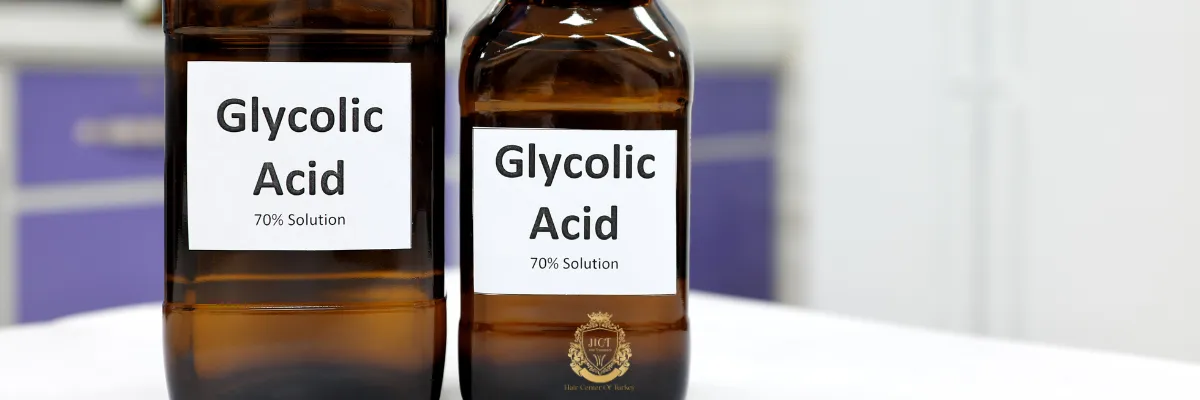
Potential Side Effects of Glycolic Acid on Hair and Scalp
1. Scalp Irritation or Sensitivity
Using high concentrations of glycolic acid may cause redness, irritation, or itching. It’s important to start with low concentrations (5-10%) and gradually increase usage.
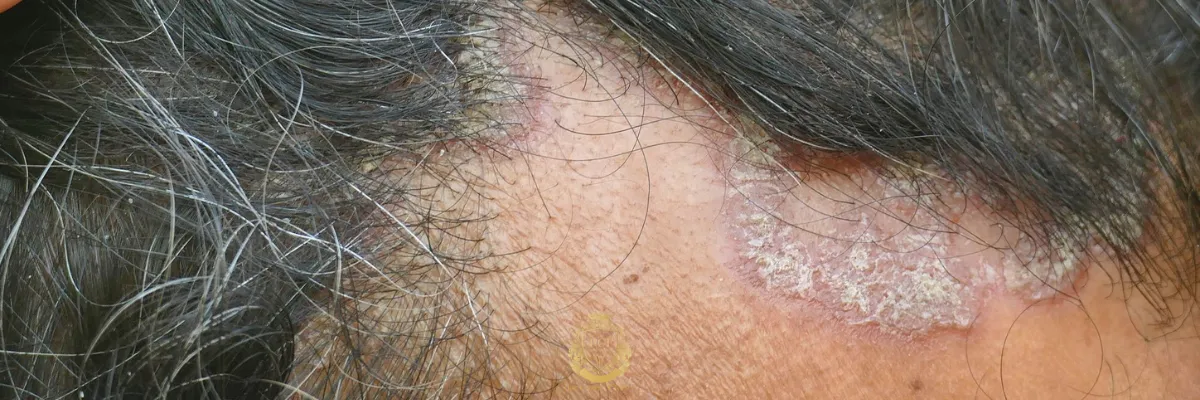
2. Dryness or Over-Exfoliation
Excessive use of glycolic acid can strip the scalp of natural oils, leading to dryness and breakage. It’s best to use it once or twice a week to avoid over-exfoliation.

3. Increased Sun Sensitivity
Like with skincare, glycolic acid can make the scalp more sensitive to UV rays. Always use a hat or scalp sunscreen when exposed to direct sunlight.

Who Should Use Glycolic Acid for Hair?
Best for:
✅ Those experiencing scalp buildup, dandruff, or flakiness.
✅ Individuals with dry or damaged hair needing hydration.
✅ People looking for a deep-cleansing treatment.
Not recommended for:
❌ Those with sensitive scalps prone to irritation.
❌ Individuals using strong chemical treatments (like bleach or relaxers).
❌ People allergic to AHAs or exfoliating acids.
F.A.Q. (Frequently Asked Questions)


